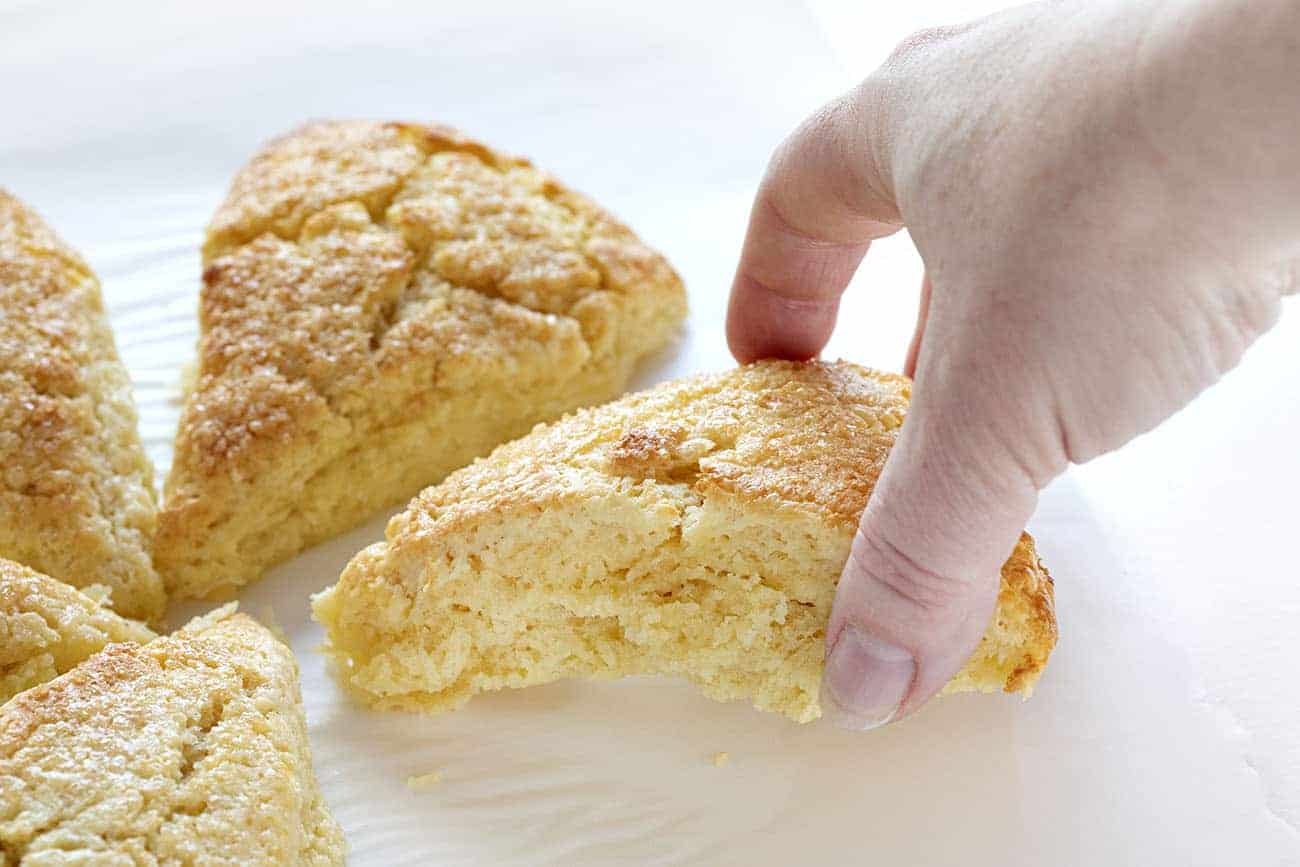In the heart of a quintessential British afternoon, there lies nothing more delightful than the warm, buttery aroma of freshly baked scones wafting through the air. These delightful pastries, often enjoyed alongside a steaming cup of tea, have become synonymous with British culture and hospitality.
But theres something magical that happens when you take the time to make them from scratch, just like the locals do. Imagine kneading dough, the sound of flour being sifted, and the anticipation of the perfect rise.
In this guide, we’ll explore the intricate art of crafting traditional British scones, delving into time-honored techniques and secret family recipes that have been cherished through generations. Grab your apron, roll up your sleeves, and let’s embark on a delicious journey to recreate this beloved staple of British teatime!
Essential Ingredients for Perfect Scones

To achieve the quintessential British scone, a few key ingredients must harmoniously come together in the mixing bowl. First and foremost is the flour—plain flour is often preferred for its lightness, but a touch of self-raising flour can yield an extra lift, creating that tantalizingly fluffy texture.
Next, you’ll want to incorporate a generous pinch of salt to enhance flavor, along with sugar to add a subtle sweetness that complements the toppings to come. Don’t forget the butter, cold and cubed, which lends richness and tenderness; its incorporation should resemble fine breadcrumbs before you introduce the buttermilk, or a mix of milk and lemon juice, that brings moisture and a lovely tang.
Lastly, for those who fancy variations, consider adding dried fruits such as currants or sultanas, which not only provide bursts of sweetness but also add a delightful chew. These ingredients are the foundation of the beloved scone and must be treated with care to ensure a delightful afternoon tea experience.
Tools You’ll Need for Scone Baking

To embark on your scone-baking adventure, a few essential tools will elevate your culinary experience. First and foremost, invest in a reliable set of measuring cups and spoons; precision is key when mixing dry ingredients. A large mixing bowl is crucial for combining flour, baking powder, and salt, while a pastry cutter will help you create that delightful crumbly texture from the butter.
Don’t forget a rolling pin, as it will assist you in achieving the perfect thickness for your dough, ideally about an inch. A sharp knife or pastry scraper will come in handy when cutting the scones into wedges or rounds.
Finally, a sturdy baking sheet lined with parchment paper ensures that your golden treats won’t stick, allowing for easy cleanup when you’re basking in the afterglow of your successful baking. Gather these tools, and you’ll be well-prepared to impress your taste buds and those of anyone lucky enough to share your buttery creations!
Conclusion

In conclusion, mastering the art of making traditional British scones is not only about following a recipe but embracing a piece of the British culinary heritage. By using high-quality ingredients and paying attention to the techniques outlined, you can recreate the light, fluffy texture and delightful flavor that locals cherish.
Whether enjoyed with clotted cream and jam during afternoon tea or as a comforting treat any time of the day, homemade scones perfectly encapsulate the joy of import British food. So don your apron, gather your ingredients, and savor the experience of bringing a taste of Britain into your kitchen!





